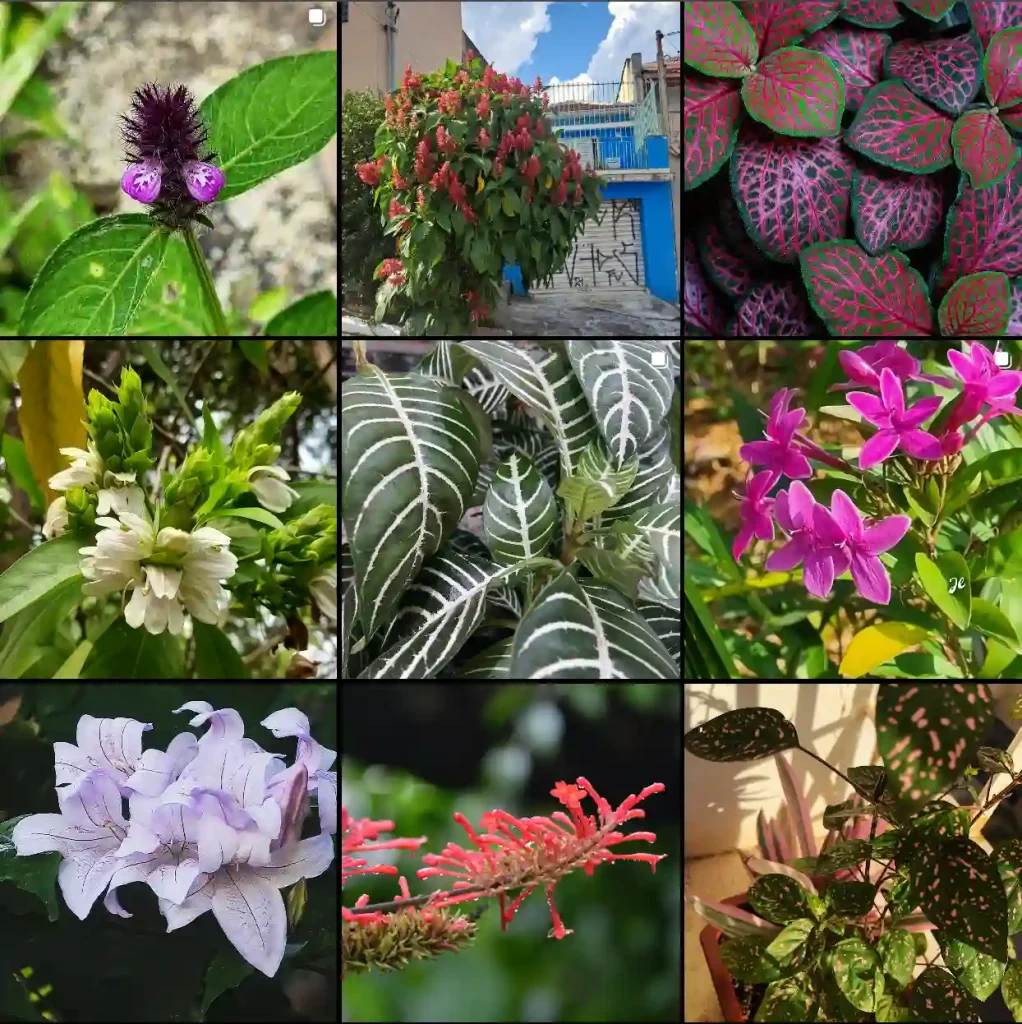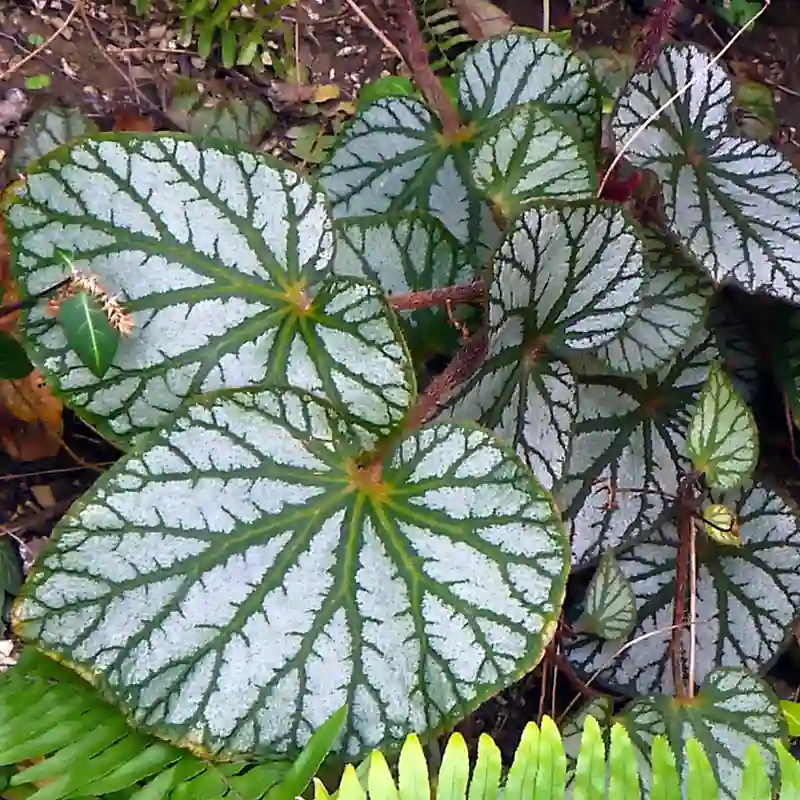
February 4 – Aronia
"Aronia, the hardy chokeberry, represents February 4."
This resilient plant reflects your strength and perseverance. You thrive in challenging circumstances, bearing fruit that nourishes others. Your steadfastness and ability to overcome adversity are truly admirable.
Aronia: A Deep Dive into the Chokeberry
My name is Ferb Vu, and I’ve always been fascinated by the natural world, particularly the diverse and often overlooked plants that surround us. Today, I want to share my enthusiasm for a genus of shrubs that has captured my attention: Aronia, commonly known as chokeberries. These hardy plants, native to North America, are not only visually appealing but also boast a rich history and a wealth of potential health benefits.
What is Aronia?
Aronia is a genus of deciduous shrubs belonging to the Rosaceae family, which also includes roses, apples, and pears. These shrubs are typically found in wet woods and swamps, thriving in damp, acidic soils. They are characterized by their clusters of small, white flowers in spring, which give way to dark purple or red berries in late summer and fall. The berries, while edible, have a tart, astringent flavor that earns them the name “chokeberry.” This unique taste is due to the presence of tannins, polyphenols, and other bioactive compounds, which also contribute to the plant’s potential health benefits.
Species in Aronia
While the exact number of species within the Aronia genus is debated, there are three generally recognized species:
- Aronia arbutifolia (Red Chokeberry): This species is distinguished by its bright red berries and leaves that turn a vibrant red in autumn. It is often used for ornamental purposes due to its striking fall foliage. Plant FAQs: Aronia Arbutifolia – Red Chokeberry
- Aronia melanocarpa (Black Chokeberry): As the name suggests, this species produces black berries and has dark green foliage. It is the most commonly cultivated species for its fruit, which is used in juices, jams, and other products. Plant FAQs: Chokeberry – Aronia Melanocarpa
- Aronia prunifolia (Purple Chokeberry): This species is considered a natural hybrid of the red and black chokeberries, exhibiting characteristics of both. It produces dark purple berries and has foliage that turns reddish-purple in the fall.
The History and Uses of Aronia
Native Americans have long recognized the value of Aronia berries, using them for food and medicinal purposes. The berries were dried and ground into a powder, added to pemmican (a type of dried meat), and used to treat colds and other ailments. European settlers also adopted the use of chokeberries, primarily for making jams, jellies, and wine.
In recent years, Aronia has gained popularity as a “superfruit” due to its high concentration of antioxidants, particularly anthocyanins. Studies suggest that these compounds may offer various health benefits, including:
- Boosting the immune system: Antioxidants help protect cells from damage caused by free radicals, which can contribute to various diseases.
- Reducing inflammation: Chronic inflammation is linked to many health problems, and Aronia’s anti-inflammatory properties may help mitigate this risk.
- Improving heart health: Some research indicates that Aronia may help lower blood pressure and cholesterol levels, reducing the risk of cardiovascular disease.
- Supporting blood sugar control: Aronia may help improve insulin sensitivity, which is beneficial for individuals with diabetes or those at risk of developing the condition.
While more research is needed to fully understand the extent of Aronia’s health benefits, the existing evidence suggests that it is a valuable addition to a healthy diet.
My Personal Experience with Aronia
I first encountered Aronia while exploring a local farmers market. Intrigued by the unusual berries, I decided to give them a try. The tartness was initially surprising, but I quickly grew to appreciate the unique flavor. I began incorporating Aronia berries into my diet, adding them to smoothies, yogurt, and oatmeal. I also experimented with making Aronia jam, which, although time-consuming, yielded a delicious and rewarding result.
Beyond its culinary applications, I’ve found that growing Aronia shrubs in my garden has been a rewarding experience. The plants are relatively low-maintenance, requiring minimal pruning and care. They are also quite hardy, tolerating a range of soil conditions and climates. In the fall, the vibrant foliage adds a splash of color to my garden, and the berries attract a variety of birds, adding to the natural beauty of my surroundings.
The Future of Aronia
As awareness of Aronia’s potential health benefits grows, I believe that this versatile plant will continue to gain popularity. Its hardiness and adaptability make it a suitable crop for various climates, and its potential applications in the food and beverage industry are vast. From juices and jams to dietary supplements and even cosmetics, Aronia has the potential to become a staple in our everyday lives.
I encourage you to explore the world of Aronia for yourself. Whether you’re seeking a new culinary adventure, a healthy addition to your diet, or simply a beautiful and resilient plant for your garden, Aronia has something to offer.
If i die, water my plants!



